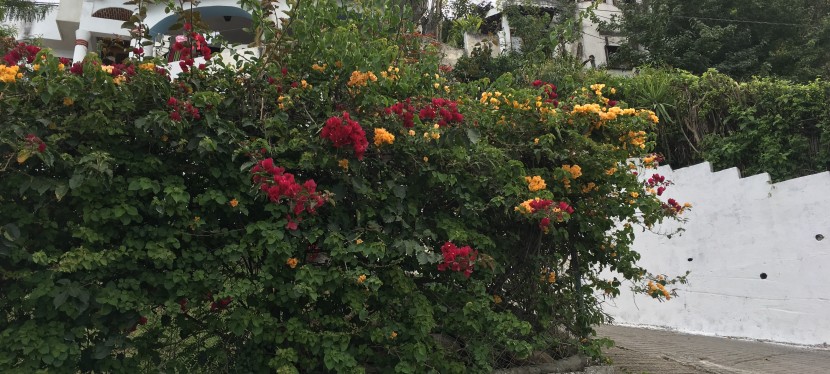In my previous posts I provided a very brief history and economic background for Guatemala and then discussed the pioneering efforts Colegio Impacto/MAIA is making in educating indigenous girls. Well-intentioned development work happens the world over, but with widely varying intentions and results. Some development creates greater dependency on aide, intentionally or not, versus establishing systems to foster sustainability and independence. Some development work downright backfires. Some development work is positive but incremental, which can be okay depending on the circumstances. And then there are the game changers, those organizations with a belief that incremental change is not sufficient, that the challenge is too acute, and that a new approach is needed.
So, what’s the magic formula that creates a successful development project? I wish I knew the answer to that question! But I don’t and I don’t currently have the capacity to embark on a scientifically evaluated study either. I can, however, outline the components of an exemplary development program based on what I saw with the Starfish program.
Norma Bajan is the MAIA Impact School program’s Country Director. She is an intelligent, empowered, courageous woman, who has an amazing story to tell. Follow this link to read the text of the speech Norma gave at the Amplify Her Voice Annual Event in Colorado, in which she describes her childhood and her journey to where she is today.
Norma is a Mayan woman. And it is she who leads the MAIA program in Guatemala. She has a tremendous partnership with the Executive Director, Travis Ning, and incredible support from the U.S. Board, but the program is based in Guatemala and run mainly by indigenous people. And that is by design. MAIA aims to empower the local community and the U.S. team endeavors to be so successful in doing so that they work themselves out of a job. Norma, her colleagues, and her Guatemalan Board want change to happen in their country and also to honor their culture. As a result, the Maia school program covers the traditional subjects one would expect from science to math to writing and reading. But the students also study Kachiquel, their native Mayan language, alongside learning fluent Spanish and some English. The positive aspects of the students’ Mayan heritage are incorporated while the girls study new academic and social skills. Home visits and mentoring and other aspects of the program go beyond the typical school day to foster new ways of communicating and relating in the girls’ homes and their communities.
In sum, the MAIA development model is exemplary because it: demonstrates strong, selfless leadership; maintains healthy, cooperative partnerships (between the administrative team, the Guatemalan Board, the U.S. Board, and their allies and supporters); reflects a community-based approach that is culturally appropriate; is an incubator for best practices from all over the world; and is completely open source, sharing their knowledge and experience with 30 local organizations per year. The MAIA program inspires emboldened self-sufficiency and long-term stability and sustainability. What more could a parent hope for for their child, for their family’s future, for their country, than that?
See what I mean? Hope springs eternal, and human connections – to each other and to our own humanity – are the link.


